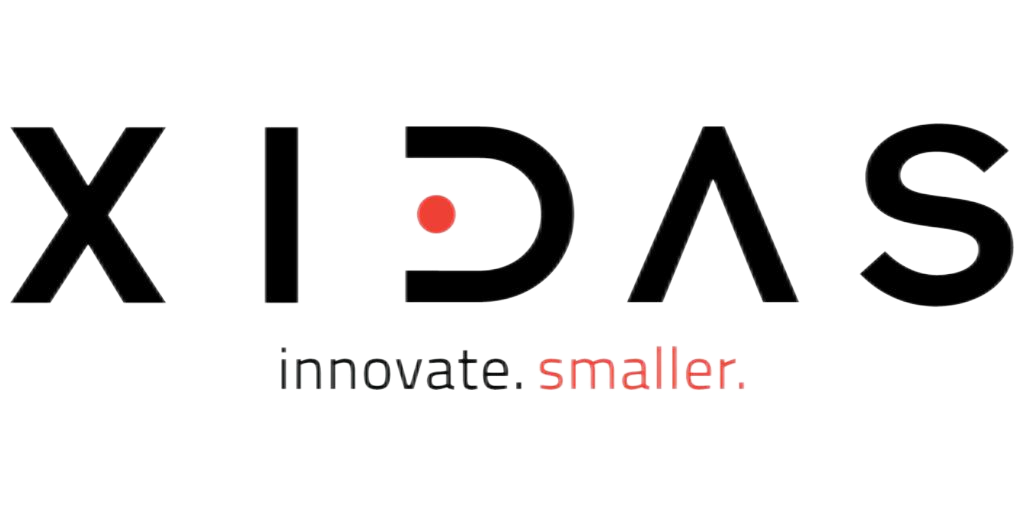EPM1270T144C5
Manufacturer: Intel
Brand: Intel
Model: EPM1270T144C5
Product Parameters:
Number of Logic Elements/Cells: 1,270
Number of LABs/CLBs: 82
Total RAM Bits: 49,152
Number of I/O: 97
Voltage - Supply: 4.75V ~ 5.25V
Mounting Type: Surface Mount
Operating Temperature Range: 0°C to 70°C (TJ)
Package / Case: 144-TQFP
Features: JTAG/UART, POR (Power On Reset), TAP (IEEE1149.1), Multi-Voltage Support, Embedded - Complex Programmable Logic Devices (CPLD)
Speed: 94.34MHz
Product Description:
The EPM1270T144C5 is a member of the MAX 7000 series of Complex Programmable Logic Devices (CPLDs) designed by Intel (formerly Altera). CPLDs are versatile semiconductor devices that can be programmed to implement digital logic functions, making them suitable for various applications.
This CPLD contains 1,270 logic elements or cells, which can be configured and interconnected to perform digital functions. It includes 82 Logic Array Blocks (LABs) or Configurable Logic Blocks (CLBs), which provide the building blocks for the CPLD's logic structure.
The device also features 49,152 bits of RAM, which can be used for data storage and memory structures within the CPLD.
With 97 I/O (Input/Output) pins, the CPLD can interface with a variety of external devices and other digital components.
The EPM1270T144C5 supports JTAG (Joint Test Action Group) and UART (Universal Asynchronous Receiver-Transmitter) for configuration and debugging purposes.
It offers multi-voltage support, allowing interfacing with components operating at different voltage levels.
The package type for this CPLD is 144-TQFP (Thin Quad Flat Package), a surface-mount package suitable for modern electronics manufacturing techniques.
Applications:
The EPM1270T144C5 CPLD is well-suited for a variety of applications, including:
Control Logic: Implementing digital control and interface logic.
Glue Logic: Connecting and interfacing different digital components.
Prototyping and Development: Creating prototypes and proof-of-concept designs for various applications.
Industrial Control: Developing control systems for automation, robotics, and industrial processes.
Embedded Systems: Implementing custom logic in embedded systems and devices.
Stock:8633
Minimum Order:1
Brand: Intel
Model: EPM1270T144C5
Product Parameters:
Number of Logic Elements/Cells: 1,270
Number of LABs/CLBs: 82
Total RAM Bits: 49,152
Number of I/O: 97
Voltage - Supply: 4.75V ~ 5.25V
Mounting Type: Surface Mount
Operating Temperature Range: 0°C to 70°C (TJ)
Package / Case: 144-TQFP
Features: JTAG/UART, POR (Power On Reset), TAP (IEEE1149.1), Multi-Voltage Support, Embedded - Complex Programmable Logic Devices (CPLD)
Speed: 94.34MHz
Product Description:
The EPM1270T144C5 is a member of the MAX 7000 series of Complex Programmable Logic Devices (CPLDs) designed by Intel (formerly Altera). CPLDs are versatile semiconductor devices that can be programmed to implement digital logic functions, making them suitable for various applications.
This CPLD contains 1,270 logic elements or cells, which can be configured and interconnected to perform digital functions. It includes 82 Logic Array Blocks (LABs) or Configurable Logic Blocks (CLBs), which provide the building blocks for the CPLD's logic structure.
The device also features 49,152 bits of RAM, which can be used for data storage and memory structures within the CPLD.
With 97 I/O (Input/Output) pins, the CPLD can interface with a variety of external devices and other digital components.
The EPM1270T144C5 supports JTAG (Joint Test Action Group) and UART (Universal Asynchronous Receiver-Transmitter) for configuration and debugging purposes.
It offers multi-voltage support, allowing interfacing with components operating at different voltage levels.
The package type for this CPLD is 144-TQFP (Thin Quad Flat Package), a surface-mount package suitable for modern electronics manufacturing techniques.
Applications:
The EPM1270T144C5 CPLD is well-suited for a variety of applications, including:
Control Logic: Implementing digital control and interface logic.
Glue Logic: Connecting and interfacing different digital components.
Prototyping and Development: Creating prototypes and proof-of-concept designs for various applications.
Industrial Control: Developing control systems for automation, robotics, and industrial processes.
Embedded Systems: Implementing custom logic in embedded systems and devices.
















